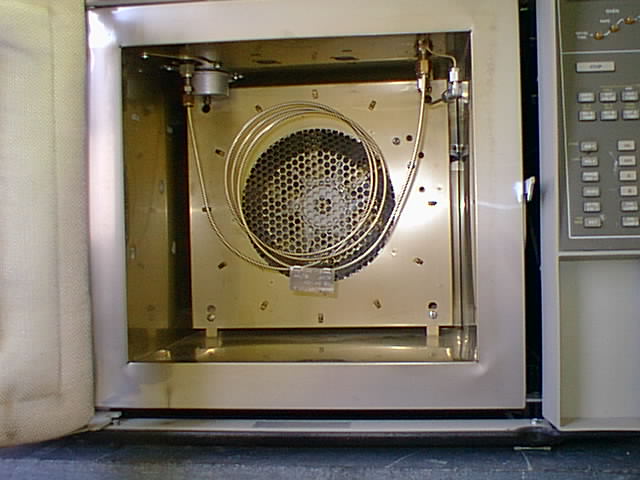For over 40 years, Butterworth Laboratories has provided independent, contract analytical services to the global pharmaceutical and related industries.
The continuing story of the impending redundancy of packed GC columns goes back a long way.
17 November 2022
It was 1991 and I had arrived for my first day at Berridge Environmental Laboratories in Chelmsford, hot off the train from Edinburgh where I had just completed a 5 year joint honours degree. This was to be the first day of my being paid as a chromatographer. I reported to the team leader of the chromatography section who was only about 5 years older than me and whom I had met during my interview for the position. After the lab safety briefing and being issued with lab coat and safety specs, he led me to the GC section of the lab where there were two late 70’s Pye Unicam 204 packed column systems with manual injectors and chart recorders, and a brand new Philips PU4400 capillary GC sporting a dedicated electronic control/data processing system with floppy discs for data storage and there was Dennis.
Dennis was an elderly gentleman with a shock of white hair and asbestos fingers. He was semi-retired and worked only Tuesdays and Thursdays. This inspiring man had forgotten more chromatography than most had ever known and talked about men with strange names such as Grob, Van Deempter and Kolb as if they were football stars. He was to be my mentor for the next 3 years.
I was introduced to Dennis, who was at that time cleaning a contaminated valve system of a Tekmar 3000 purge and trap concentrator and was left under his care. I will never forget the first sentence that came out of his mouth when we were left alone. With a broad smile he simply asked “What is your favourite column?”. I mentioned the DB5 which I had used for the analysis of PCB’s at university. “5% phenyl methylpolysiloxane, good choice” he replied “but not quite polar enough for me”. Dennis went on to tell me about the 75 meter DB624, 6% cyanopropyl, 94% polydimethylsiloxane capillary column that was currently installed in the PU4400. He explained that this column phase introduced in 1986, had been specifically developed to be used with the 1984 US EPA 624 Purgeable Organics method, which had prescribed the use of an SP1000 packed column for the analysis of 31 priority pollutants. The DB624 resolved many critical pairs which co-eluted on the SP1000. Dennis assured me that in 5 years time due to the high efficiency of capillaries we would not be using any packed columns. However, it was not until the 2016 updated issue of EPA 624.1 that the SP1000 packed column was replaced by the DB624 capillary and now in 2022 the pharmacopeia still has many methods using packed columns. This was absolutely the only thing Dennis ever told me regarding chromatography that proved to be wrong. I would like to share some of the advice given to me by Dennis in future blogs.
Frank Judge
Consultant Chemist- Chromatography at Butterworth Laboratories Ltd